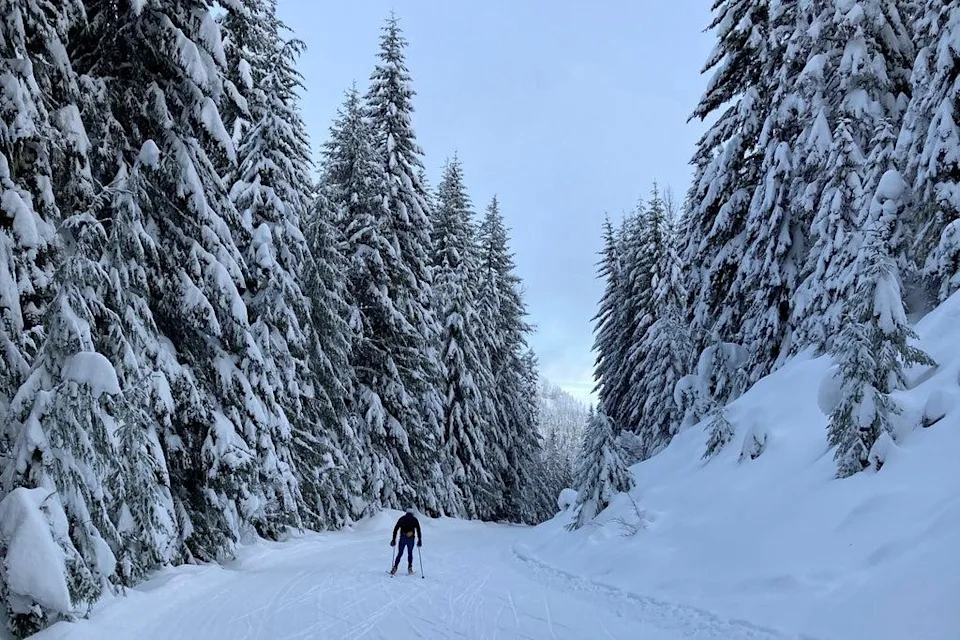
CLIMATE CHANGE (AP)
West Yellowstone, January 19 (RHC/Yahoo News) -- For the first time in 32 years, organizers of the Rendezvouz Cross-Country Ski Festival in West Yellowstone, Montana, had to cancel their November event.
The reason for scrapping a competition that usually kicks off the ski season was simple: there was no snow.
Some 300 miles (482 kilometers) away, Soldier Hollow Nordic Center in Utaah offered ski lessons in that same month thanks to the construction of an elaborate snowmaking system.
And a small group in Vermont was able to double the days of skiing at their facility after installing new pipelines to supply the massive amounts of water required for snowmaking systems.
That won't work in the area known as Methow Trails in northern Washington. After all, it is not possible to cover its 124 miles (200 kilometers) of ski trails with artificial snow.
Instead, plans are in the works to move activities to higher elevations if necessary.
The snow has not stopped falling, but neither is it accumulating as it used to, nor is it reaching such large areas, in the midst of climate change, which is affecting a sport that grew notably in the winter of 2020, after the pandemic struck.
Many escaped confinement by taking to the cross-country ski trails in search of physical exercise, fresh air and serenity.
Suddenly, there was something about Nordic skis that made them look like toilet paper: They were hard to find in stores.
"What the Covid did was get people out," said Reese Brown, CEO of the Vermont-based Cross Country Ski Areas Association. "It got numerous people into cross-country skiing because it's the perfect winter sport."
But climate change makes the future of all skiing uncertain, from major World Cup circuits and big resorts to family businesses that attract amateur athletes on weekends.
For Nordic ski resorts, warmer temperatures mean more precipitation in the form of rain, not snow. This forces them to buy snowmaking machinery to cover their trails.
Water shortages and high costs make that alternative impossible for some, particularly in the western United States. A new study predicts that states in those mountainous areas will be left with "little or no snow" within 35 to 60 years if greenhouse gas emissions continue at current levels.
The problems have already affected elite athletes who spend more time than others in the snow.
The lack of snow made early-season training difficult for many of the top competitors in cross-country skiing and biathlon as they prepare for the Olympics starting next month in Beijing.
"In cross-country skiing, we see the impact of climate change on the locations we go through," said U.S. Olympic champion Jessie Diggins. "There are years when there has been only man-made snow there and barely two kilometers to ski, in a small circuit, like a hamster wheel."

